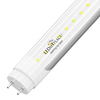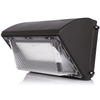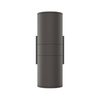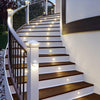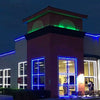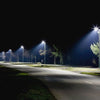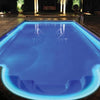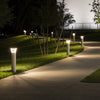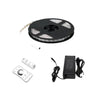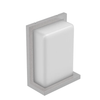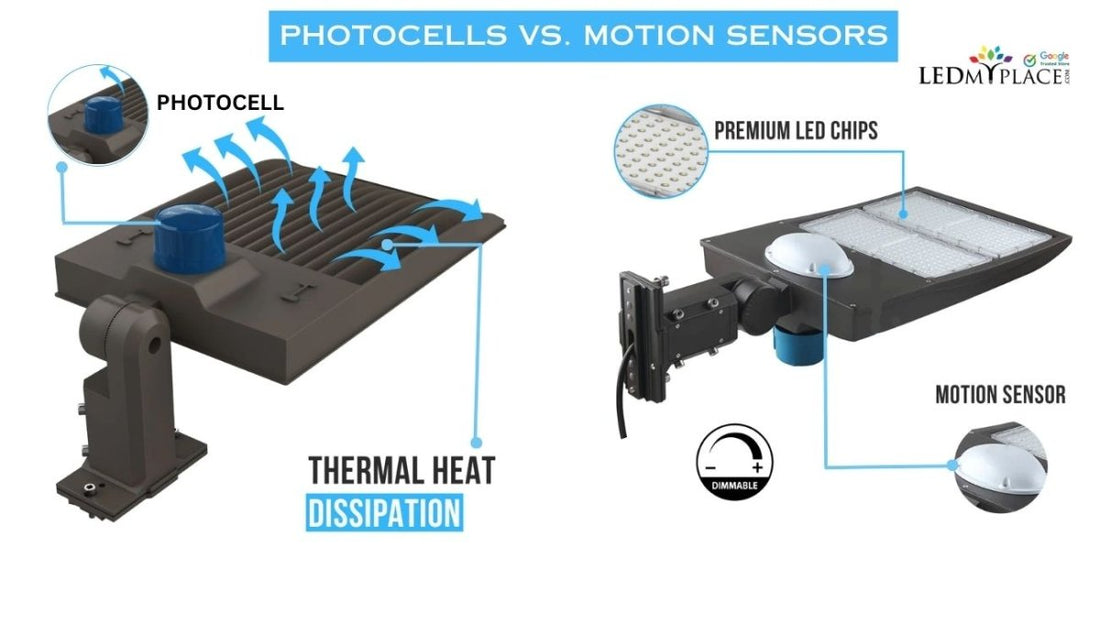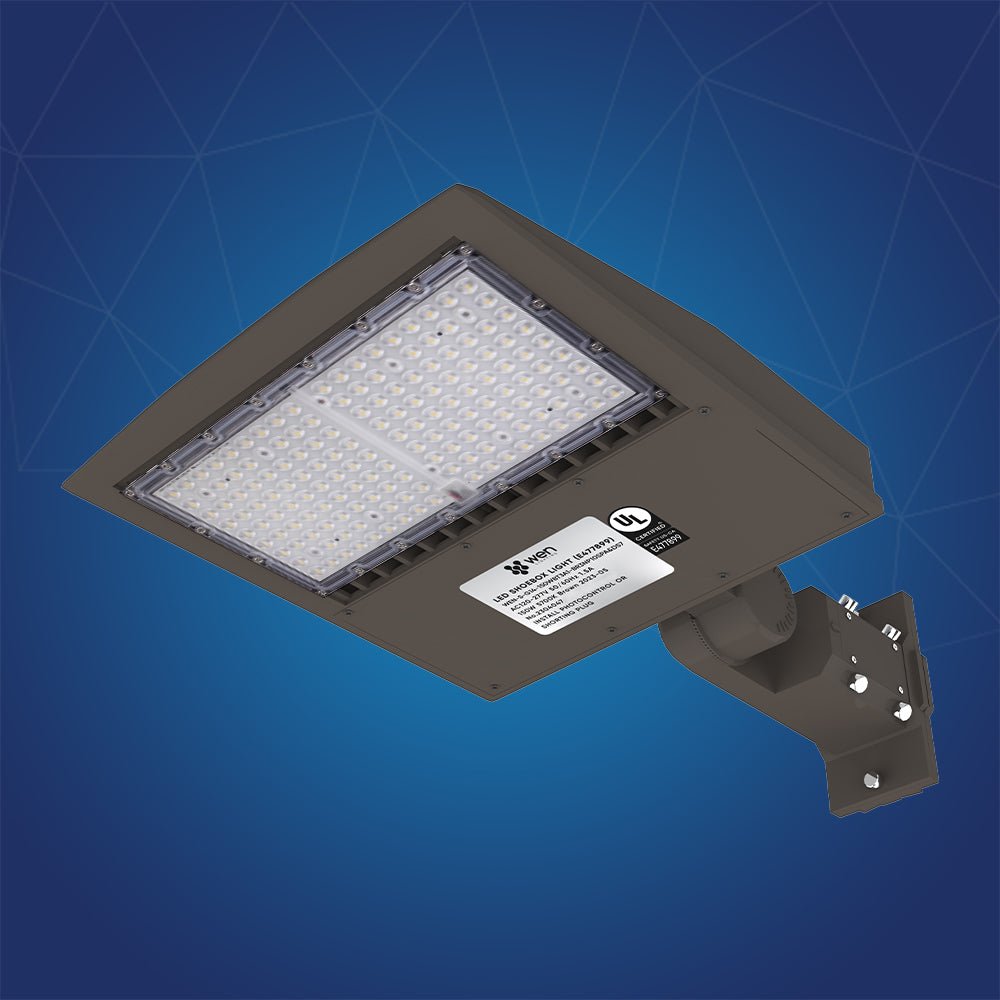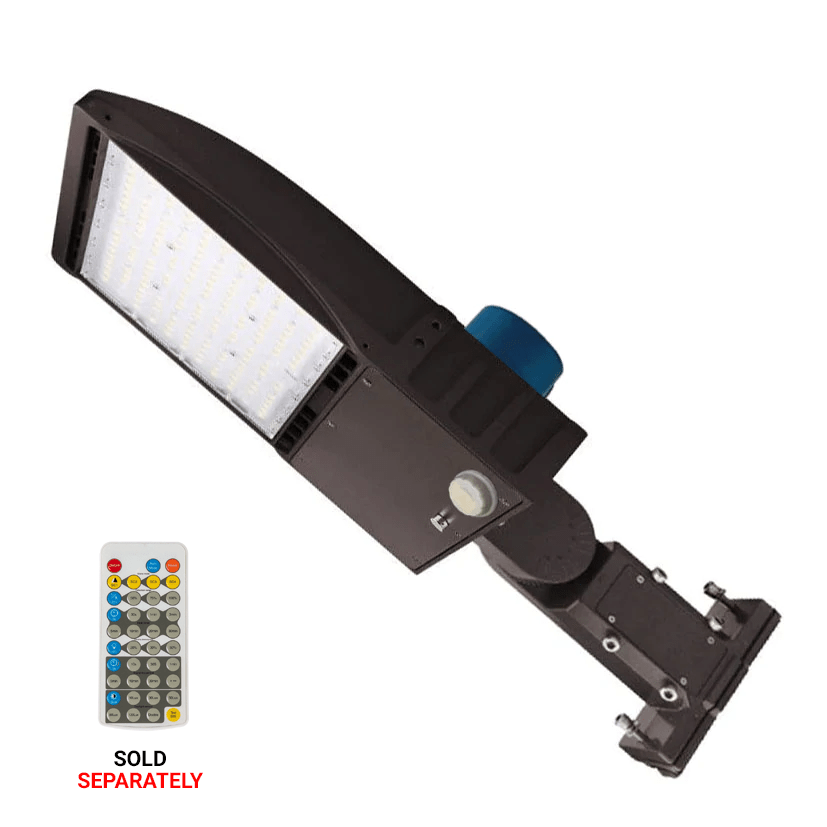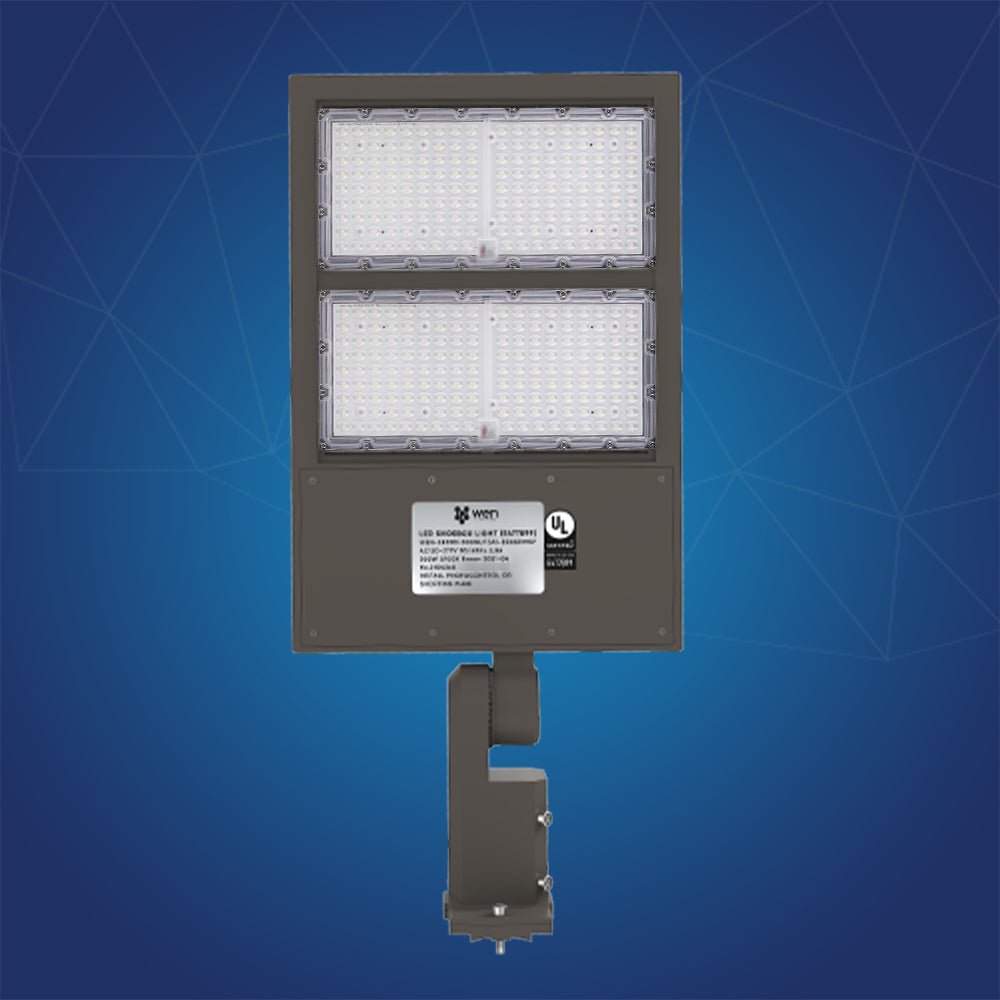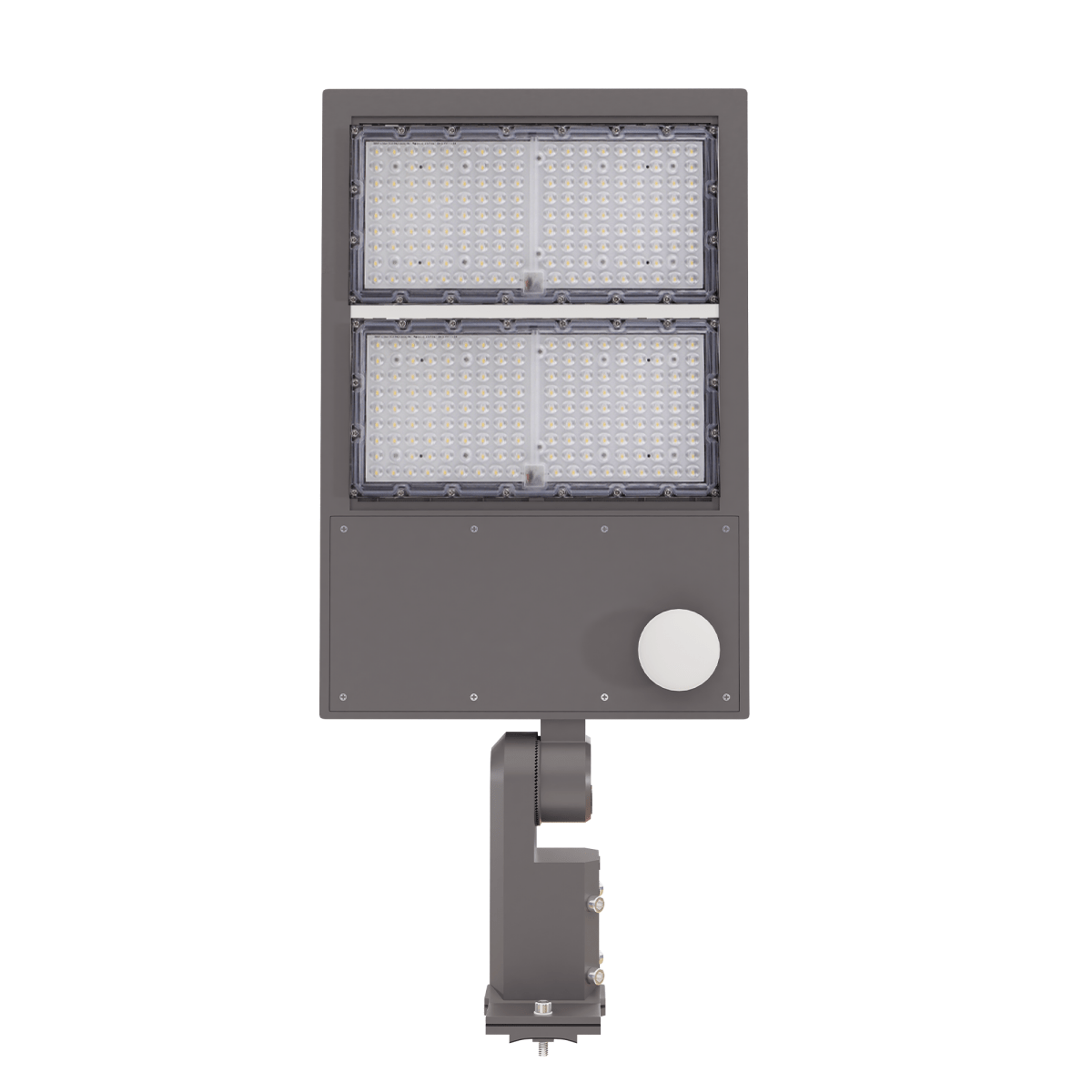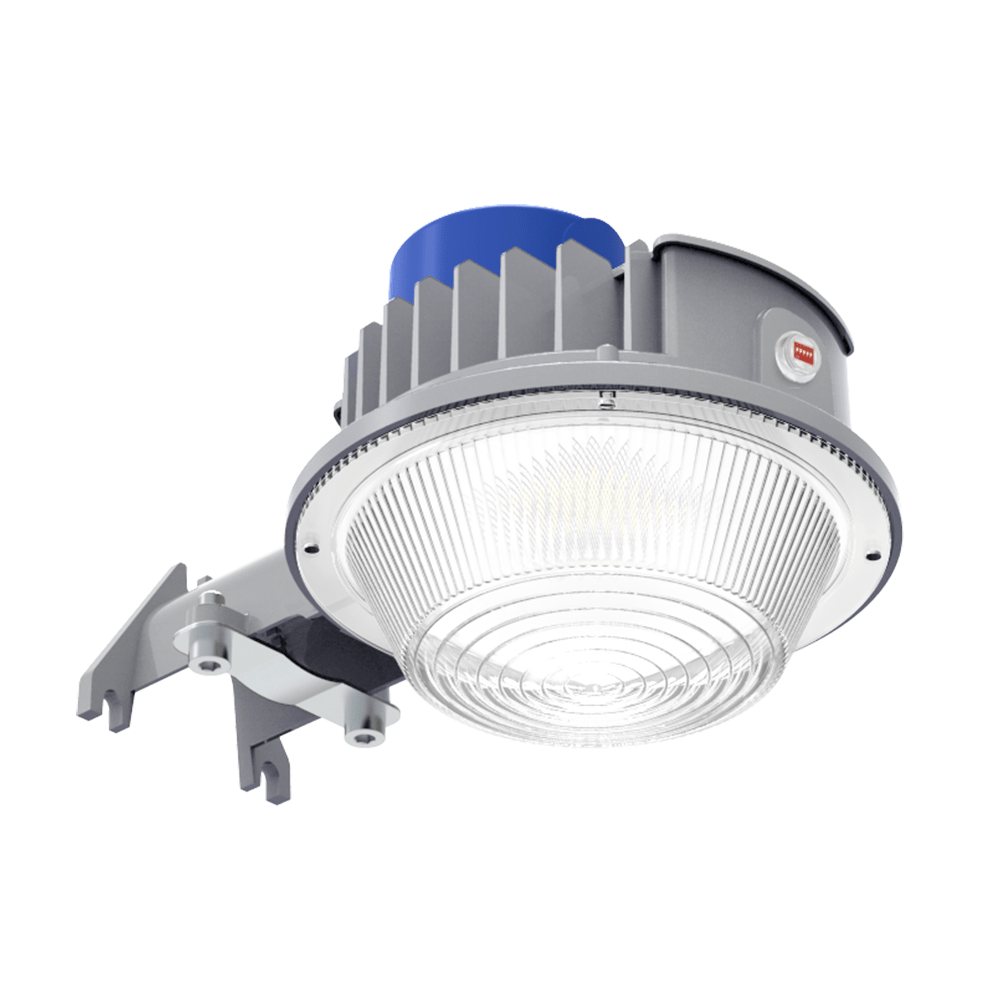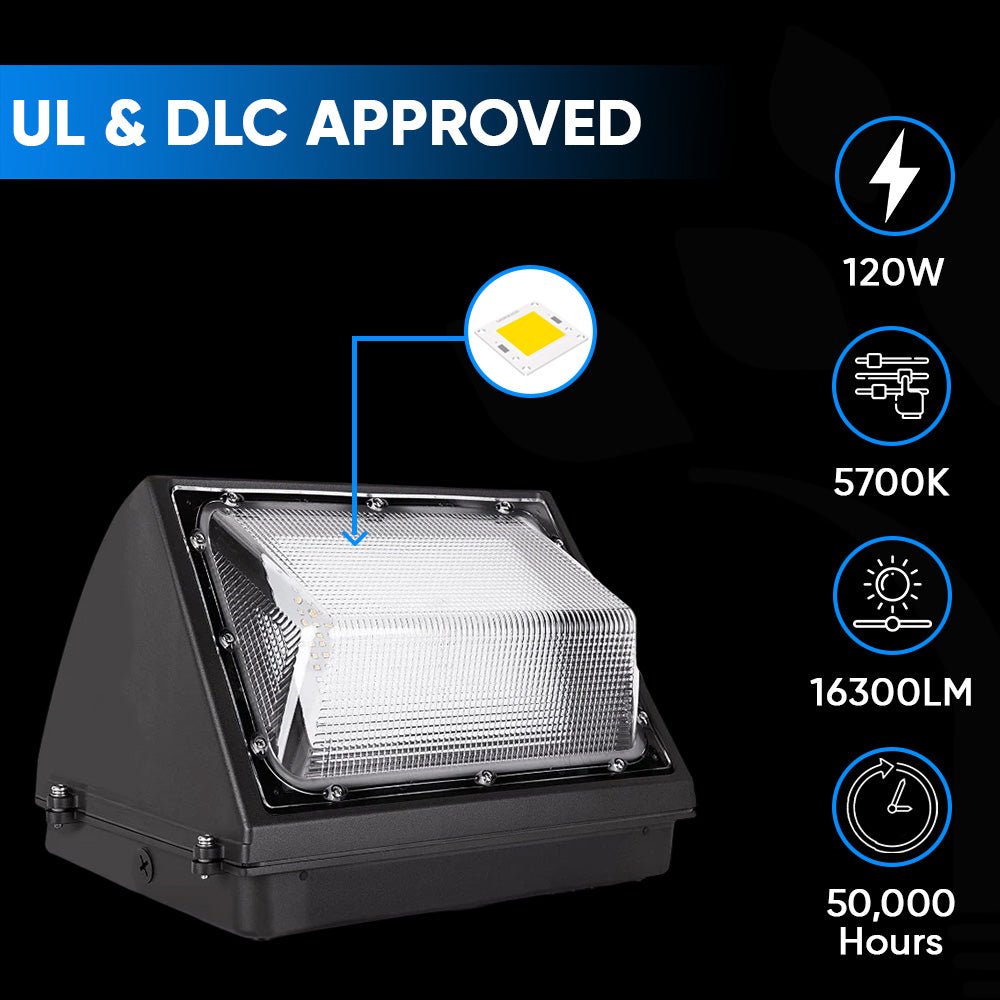Remember the days when we'd manually switch on and off the lights? Those days are drifting into the annals of history, thanks to advancements like photocells and motion sensors in LED lights. But what exactly are these technologies? And how do they differ? Hop aboard, and let's delve into this illuminating topic!
Introduction to LED Lights
LED lights have revolutionized the way we illuminate our spaces. They're energy-efficient, durable, and come with a plethora of smart features. Among these features are the ability to respond to the environment and user presence, courtesy of photocells and motion sensors.
What are Photocells?
Photocells, often referred to as photoresistors, are components that react to light. When exposed to light, their electrical resistance changes, leading to a subsequent action – like turning off a light.
The Working of Photocells
Picture this: you're enjoying a sunrise. As the sun ascends, the world gets brighter, right? In a similar fashion, as light intensity increases on a photocell, its resistance decreases. Conversely, as darkness falls, resistance increases, turning on the LED light. It's like nature's own switch!
Benefits of Photocells in LED Lights
- Energy Efficiency: Photocells ensure lights are off during daylight, saving energy.
- Convenience: No manual intervention needed. The sun does the job!
- Extended Lifespan: Reduced unnecessary usage means longer-lasting LEDs.
What are Motion Sensors?
Ever walked into a room and the lights magically turned on? You've just been greeted by a motion sensor! They detect movement, making them ideal for security and convenience.
The Mechanics Behind Motion Sensors
Motion sensors in LED lights primarily use infrared energy. When you, a warm-bodied human, move across its field of vision, you cause a temperature fluctuation. This change is swiftly picked up by the sensor, illuminating your path.
Advantages of Motion Sensors in LEDs
- Security: Unwanted guests? They can't sneak by undetected!
- Safety: Navigate through hallways or staircases without fumbling for switches.
- Energy Savings: Lights remain off until they're really needed.
Key Differences Between Photocells and Motion Sensors
In Terms of Operation
Photocells react to light changes, while motion sensors respond to movement (and the associated heat changes).
Based on Utility
Photocells are fabulous for outdoor spaces where daylight and nighttime cycles matter. Motion sensors shine in areas where movement detection is crucial, like hallways or security zones.
Cost Implications
Generally, motion sensors might be slightly pricier due to their intricate infrared technology. Photocells, simpler in design, tend to be more affordable.
Which One is Right for You?
For Homes
Want an energy-efficient porch light? Go with photocells. Need a bathroom or hallway light that responds when you're half-asleep? Motion sensors are your friends.
For Businesses
Security is paramount. Motion sensors around perimeters or in warehouses can deter intruders. Photocells can be great for parking lots, ensuring lights are on only when necessary.
Conclusion
In the radiant world of LED lights, both photocells and motion sensors offer unique benefits. While photocells are like the ever-reliable sun, rising and setting with natural light, motion sensors are the vigilant guards, ever ready to respond to movement. Your choice between the two will depend on your specific needs. But isn't it wonderful to have such bright options?
FAQs
-
Can I use both photocells and motion sensors in one LED light?
- Yes, many LED lights offer a combination of both for enhanced functionality.
-
Do motion sensors work during the day?
- Absolutely! Their functionality is based on movement, not light.
-
Will my cat trigger the motion sensor?
- Depending on sensitivity settings, pets might or might not trigger sensors.
-
How long do photocells last?
- With minimal moving parts, photocells have a lengthy lifespan, often outlasting the LED lights they're in.
-
Are motion sensors hard to install?
- Most motion sensor-equipped LED lights are designed for easy installation, much like regular LED lights.



